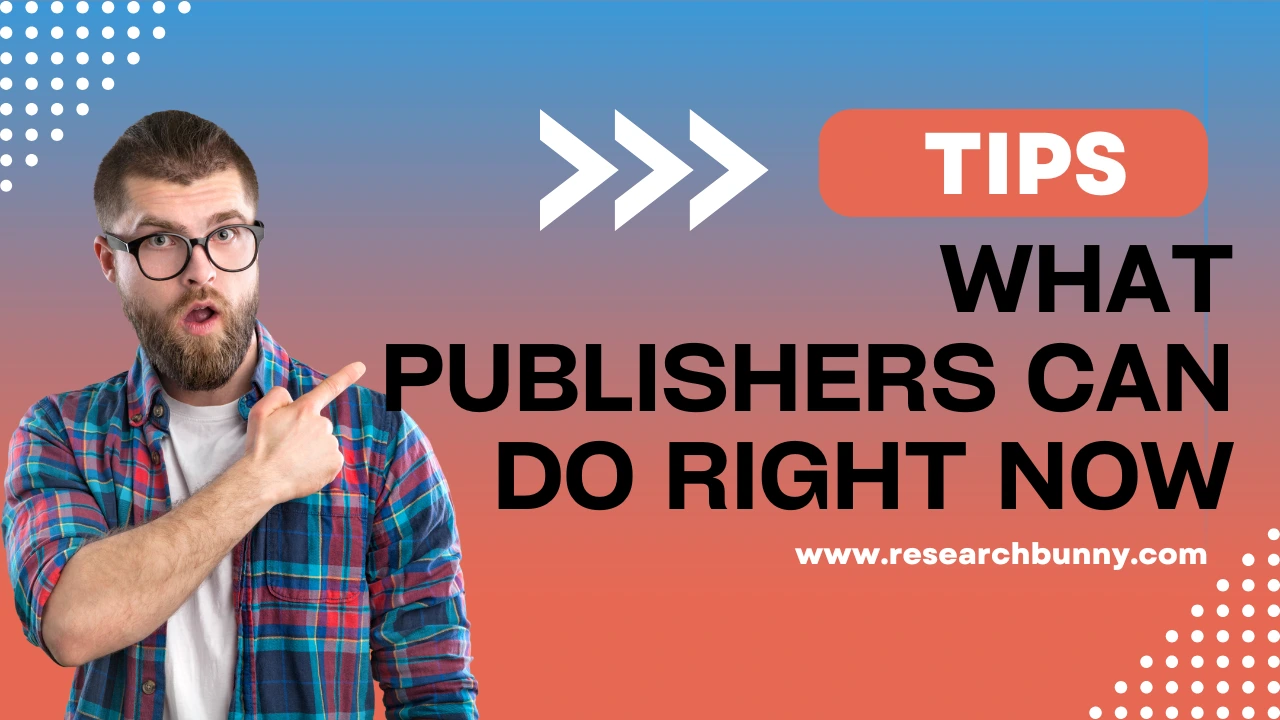AI is Changing Research Discovery. Here’s How to Ride the Wave

AI is Changing Research Discovery. Here’s How to Ride the Wave
The world of research is evolving—fast. If you’re a researcher, student, or lifelong learner, you’ve probably felt the thrill (and frustration) of searching for the perfect paper or struggling to keep up with an endless flood of new studies. But here’s the good news: Artificial Intelligence (AI) is transforming research discovery, making it smarter, faster, and more inclusive than ever before. Let’s explore how AI is reshaping the way we find, understand, and share knowledge—and how you can make the most of this wave of change.
The Old Way Isn’t Working
Let’s be honest. Traditional research discovery can feel like searching for a needle in a haystack—except the haystack keeps growing every day. With millions of papers published annually, even the most dedicated researchers can miss critical insights. Barriers like dense academic jargon, paywalls, language differences, and limited search tools keep valuable findings hidden from view. In fact, studies estimate that up to 40% of research remains undiscovered.
That means missed opportunities, duplicated effort, and slower progress for everyone—from scientists at the cutting edge to students writing their first term paper. The pain is real, but so is the potential for change.
How AI is Transforming Research Discovery
AI is revolutionizing how we navigate the ocean of information. Here’s how:
1. Smarter Search and Curation
AI-powered platforms don’t just fetch results based on keywords—they actually understand the context of your query. Machine learning algorithms sift through mountains of research, highlighting the most relevant, impactful, and up-to-date work. This means less time spent scrolling, and more time spent learning, creating, and innovating.
2. Breaking Down Language Barriers
Science is global, but language can be a wall. AI translation tools now break that barrier, making research accessible in multiple languages. Whether you’re in Tokyo, Berlin, or Buenos Aires, you can access the latest insights—without getting lost in translation.
3. Simplifying Complex Jargon
Not everyone speaks “academic.” AI-powered summarization tools translate dense research papers into clear, concise summaries. This democratizes knowledge, making cutting-edge findings understandable to students, journalists, policymakers, and the curious public.
4. Personalizing Your Discovery Journey
AI learns from your interests, searches, and reading habits. The more you engage, the better it gets at recommending what matters to you. Imagine a research assistant who never sleeps—always sorting, filtering, and suggesting exactly what you need.
The Real-World Impact: Faster Insights, Broader Reach
This transformation isn’t just theoretical. Researchers now collaborate across continents in real time, students discover foundational studies in seconds, and vital medical breakthroughs reach practitioners faster than ever before. The ripple effect of AI-driven discovery is saving time, eliminating blind spots, and accelerating the pace of progress.
Riding the Wave with ResearchBunny
Navigating this new landscape can feel daunting—but you don’t have to do it alone. ResearchBunny is purpose-built to help you ride the AI wave, not get swept under it.
How ResearchBunny Supports Smarter Discovery:
Whether you’re a seasoned scholar or just starting your research journey, ResearchBunny puts the power of AI in your hands—enabling faster insights, smarter decisions, and broader impact.
How to Get Started
Embrace curiosity. Let AI do the heavy lifting, so you can focus on what truly matters—asking better questions and building new knowledge. Explore platforms like ResearchBunny, experiment with AI-driven tools, and don’t be afraid to share your discoveries in new, accessible ways.
The future of research isn’t about working harder. It’s about working smarter, together. With AI as your ally, the knowledge you need is closer than ever before. So, are you ready to ride the wave?
Skip the jargon. Hear key insights from real papers in 15 minutes or less in your language.

Get notified every time we post a new blog















